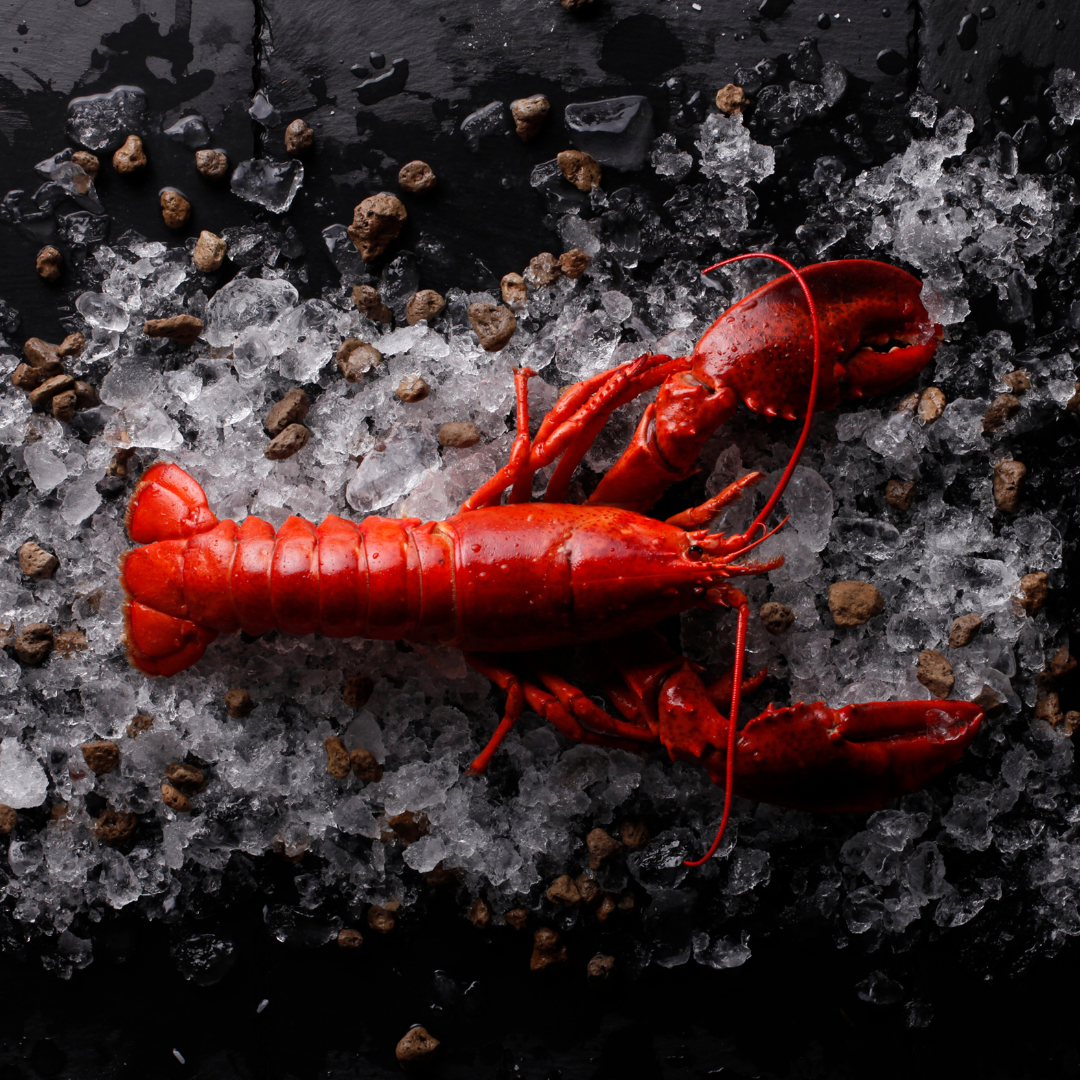Cracking the Code: 10 Fascinating Secrets About Atlantic Canadian Lobsters
Lobsters from the Atlantic Canadian waters are not just a seafood delicacy; they are a symbol of maritime pride and culinary excellence. While most of us are familiar with the succulent taste of lobster, there’s a whole world of interesting facts and hidden secrets about these crustaceans that often escape our notice. Join us as we dive into the depths of knowledge and unveil the top 10 things you might not know about Atlantic Canadian lobsters.

- Right-Handed Lobsters Rule: Believe it or not, lobsters can be either left or right-handed, just like humans. The crusher claw, used for crushing prey, is typically larger in one of their claws, and the side with the larger claw indicates their dominant side.
- Remarkable Regeneration: Lobsters are known for their incredible ability to regenerate lost limbs. If a lobster loses a claw or leg in a fight or to a predator, it can regrow the missing appendage over time through a process called autotomy.
- Lobster Lifespan Legacy: Atlantic Canadian lobsters are often the elders of the ocean floor, with some individuals living up to an astonishing 100 years. The slow growth rate contributes to their longevity, making them the wise old souls of the sea.
- Molt, Grow, Repeat: Lobsters don’t grow in a linear fashion; instead, they undergo a molting process to accommodate growth. As they grow, they shed their exoskeleton and form a new, larger one, a vulnerable period where they are susceptible to predators.
- Crustacean Color Code: Lobsters have an impressive color-changing ability. While alive, their shells can vary from shades of green and brown to vibrant red and orange after they are cooked. The bright red hue we associate with cooked lobsters is due to the chemical changes that occur during the cooking process.
- Ocean Floor Royalty: Atlantic Canadian lobsters are masters of camouflage, blending seamlessly with the ocean floor. Their rugged, spiky shells mimic the rocky terrain, providing effective protection against predators.
- Lobster Love: Lobsters have a unique courtship dance that involves gentle touches with their antennae and exchanging of pheromones. Once a pair has formed a bond, the female molts and releases pheromones to attract the male for mating.
- Fishing Season Fun: Lobster fishing in Atlantic Canada is governed by strict regulations to ensure sustainable practices. The lobster season is carefully managed to protect the lobster population and maintain the balance of the marine ecosystem.
- A Culinary Canvas: The Atlantic Canadian lobster industry is a culinary haven, offering more than just the traditional lobster boil. From lobster rolls and bisques to innovative dishes like lobster poutine, chefs in the region continue to push the boundaries of lobster cuisine.
- Lobster’s Green Connection: Lobster shells contain a substance called chitin, which has been explored for its potential use in eco-friendly packaging. Researchers are studying the possibility of utilizing lobster shells to create biodegradable plastics, providing an innovative solution to reduce environmental impact.
Atlantic Canadian lobsters are not only a gastronomic delight but also a fascinating species with a rich tapestry of secrets waiting to be unveiled. From their remarkable longevity to their unique courtship rituals, these crustaceans are a testament to the wonders of the ocean. The next time you crack open a lobster shell, remember the intricate world that lies beneath, and savor the taste of the sea with newfound appreciation for these remarkable creatures.

Thank you for posting this, ways interesting to learn something new about our lobsters.